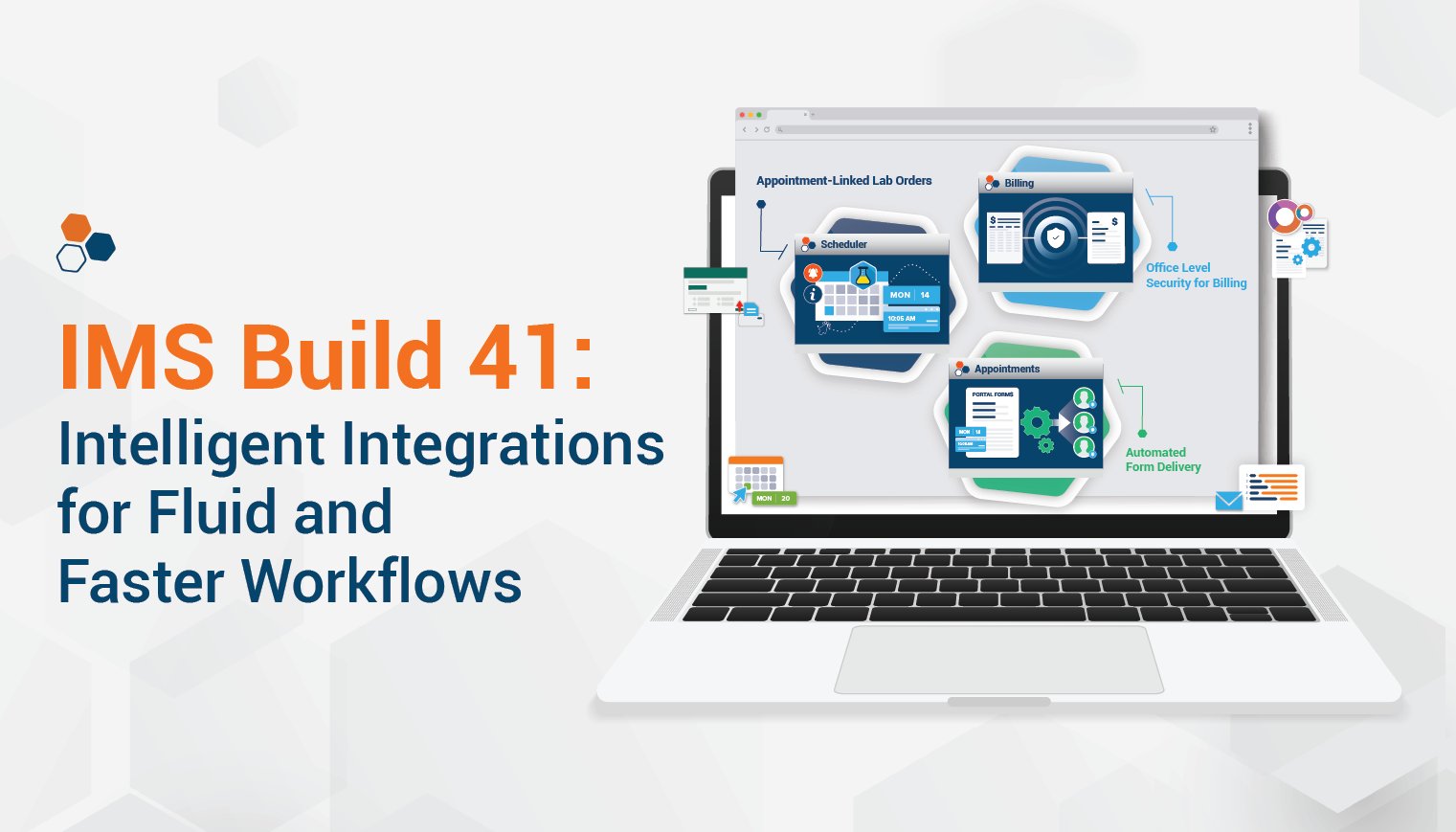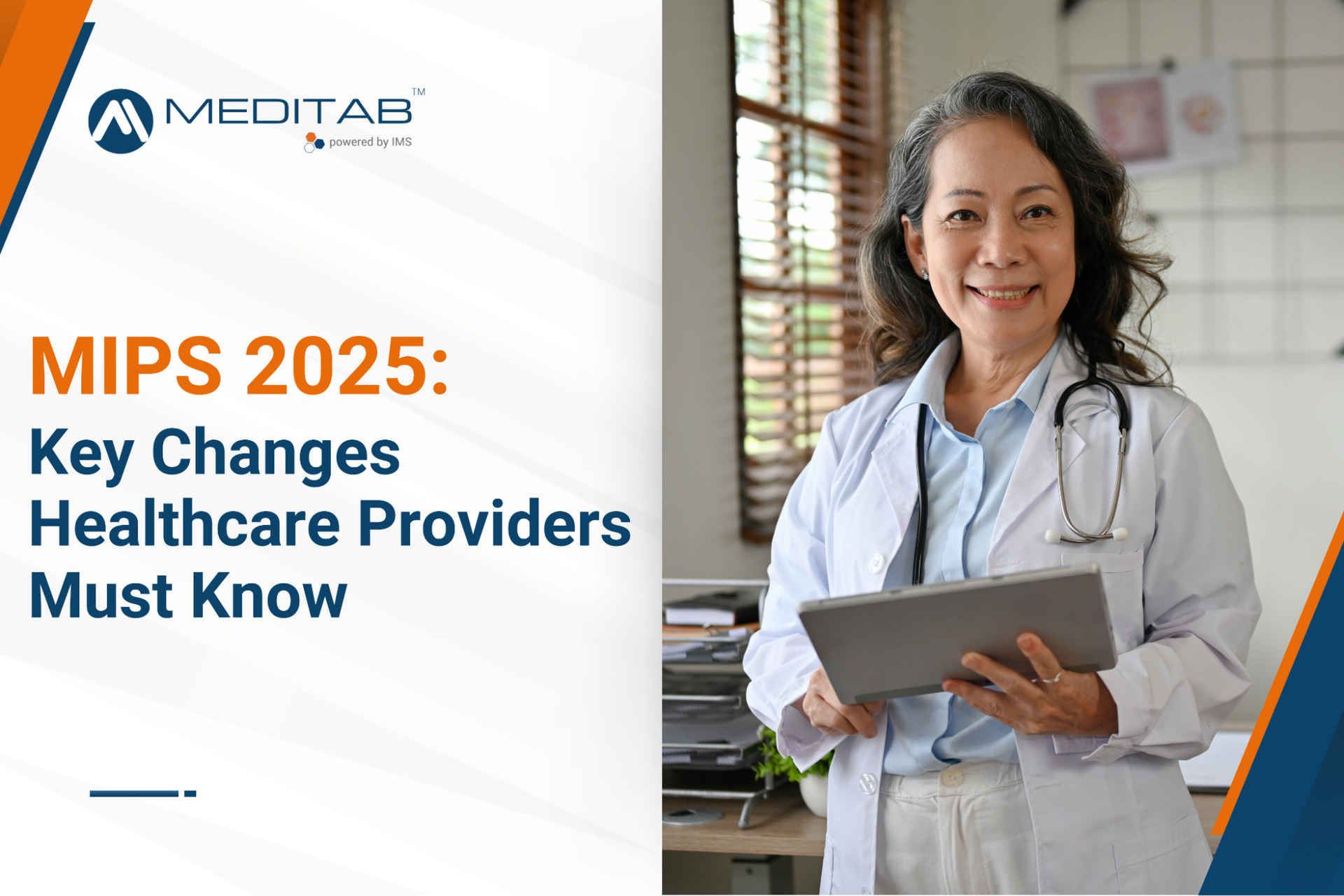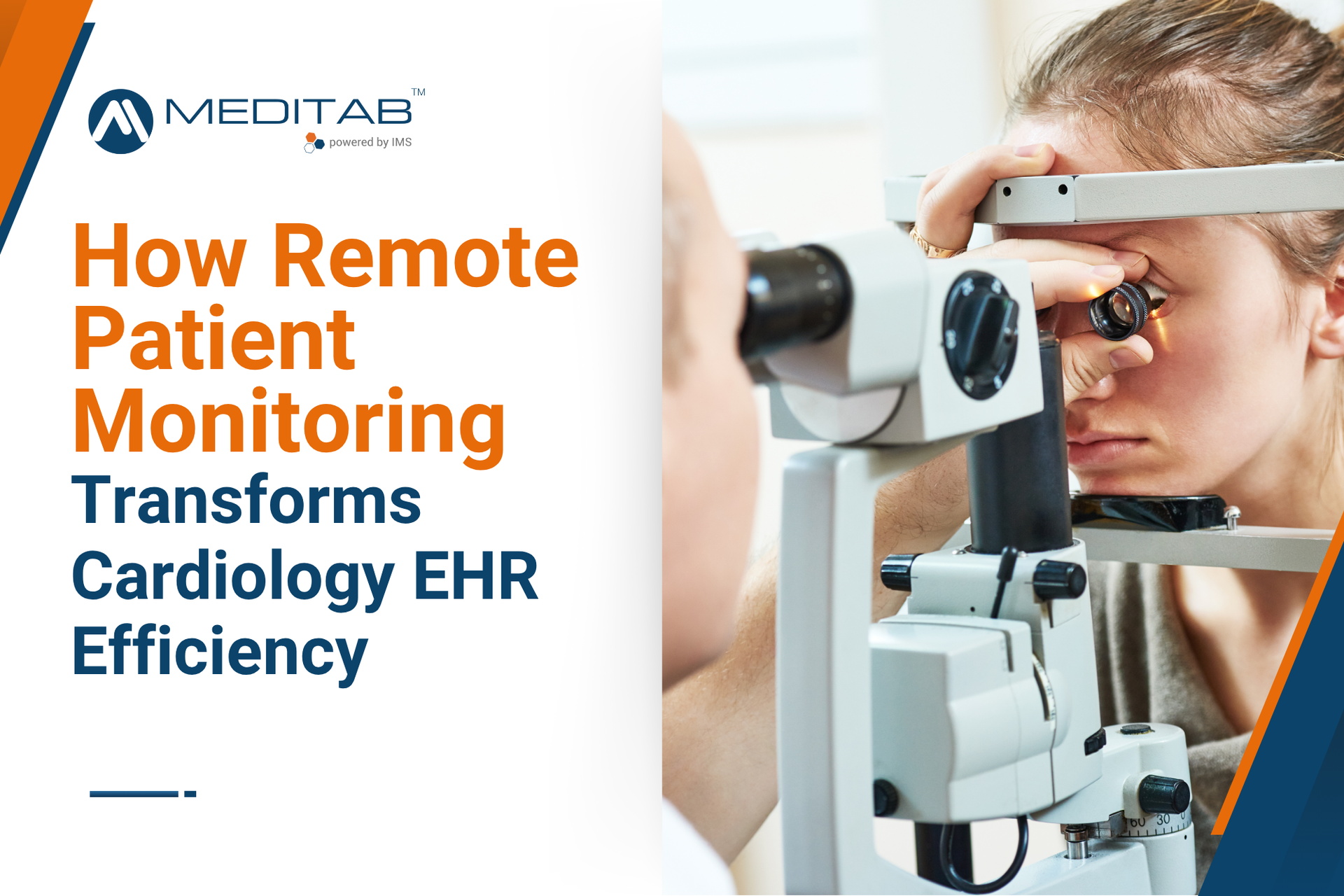Understanding MIPS: A Guide to Medicare’s Quality Payment Program

Every year, physicians spend about $12,800 to comply with the Merit-Based Incentive Payment System.
Now, compliance specialists are providing strategic ways to help clinics harness the incentive program's long-term financial benefits without accruing steep fees from reporting systems or staff training.
The Quality Payment Program (QPP) was created under the Medicare Access and CHIP Reauthorization Act of 2015 by the Centers for Medicare & Medicaid Services to help improve care and reward physicians for better outcomes. The QPP offers two main participation options, one of which is the Merit-Based Incentive Payment System (MIPS).
Participating in this payment program and not receiving the performance-based incentives you deserve—or worse, facing penalties—can demoralize your staff and disrupt your practice’s growth. Use this guide to understand the MIPS program better, and consider partnering with compliance experts who can help you choose reporting measures to keep your reporting costs down.
Key Components of MIPS
The MIPS program adjusts Medicare payments based on how well you and your team of physicians, nurse practitioners, and physician assistants perform in four key areas:
Quality
This category measures the quality of care you provide, focusing on patient outcomes and how well you adhere to evidence-based practices. It's the backbone of MIPS because it directly reflects your impact on patient health.
Examples: Screening rates, preventive care measures, and patient satisfaction scores
Cost
The cost category evaluates how efficiently you deliver care by measuring the resources used during a patient's treatment. Understanding these measures aids in managing expenses without compromising patient care.
Examples: Total per capita cost and Medicare spending per beneficiary
Improvement Activities
This category assesses efforts to enhance care processes, patient engagement, and overall practice efficiency. Engaging in improvement activities can boost your performance score.
Examples: Care coordination, patient safety enhancements, and expanding access to care
Promoting Interoperability
This focuses on using technology to improve patient care and data exchange. It aims to promote better patient outcomes through secure data sharing.
Examples: E-prescribing, patient access to records, and health information exchange
MIPS Scoring and Payment Adjustments
If you have searched 'what is MIPS healthcare' online, you are probably aware that it calculates performance based on the key components mentioned in the previous section. Understanding how these calculations work allows you to focus efforts and resources on areas that need improvement.
How Performance Scores Are Calculated
Each category contributes a certain percentage to the total MIPS score, and these weights can change annually based on the CMS guidelines.
Here's how each category influences your score:
Quality: This category assesses how well your practice performs on specific clinical measures that reflect patient outcomes, care processes, and patient safety. Selecting relevant quality measures is crucial as it allows you to leverage your practice's strengths and achieve higher scores.
Cost: Unlike other categories, cost does not require direct data submission but is automatically calculated based on Medicare claims. Factors such as patient population, practice setting, and conditions treated also affect cost.
Improvement Activities: You earn points here by engaging in activities that enhance clinical practice, such as care coordination. The type and duration of improvement activities can affect the score, so selecting those that fit your practice and yield the most points is essential.
Promoting Interoperability: This category focuses on how well you use certified EHR technology to improve patient care and data exchange. Providers score higher when they demonstrate meaningful use of EHR systems.
PRO TIP:
Specialty differences can influence scores, as some measures align better with specific practices.
For example, a family medicine physician may score well on the high blood pressure control measure because it aligns closely with the nature of their practice. Understanding these nuances can help you select measures that lead to opportunities for enhanced MIPS reporting.
Impact of MIPS Scores on Medicare Reimbursement Rates

Performing well in MIPS is crucial, as your MIPS scores directly impact your Medicare reimbursement rates through the following payment adjustments:
Positive Adjustments: Providers with high MIPS scores receive increased Medicare payments, rewarding quality and cost-efficient care.
Neutral Adjustments: Providers with average scores will receive no change in reimbursement rates, meaning their payments will stay the same without penalty or incentive.
Negative Adjustments: Providers with low scores face reduced Medicare payments, significantly impacting their practice's financial health.
Engaging in MIPS support services, like those offered through tailored packages, can help you better understand scoring methodologies, choose impactful measures, and enhance your clinic's performance to attain favorable payment adjustments.
What is MIPS in Healthcare?
Some critics argue that MIPS encourages providers to prioritize documentation over direct patient care. However, practices collaborating with experts can elevate their approach from "checkbox medicine" to align quality performance with patient outcomes effectively.
Timeline and Key Dates
Double-checking the timeline and critical dates of MIPS is vital for staying on track with the program requirements.
Performance Year (CY 2024)
The performance year runs from January 1, 2024, to December 31, 2024. During this time, you must provide patient care and collect data across quality, cost, improvement activities, and promoting interoperability.
Data Submission (CY 2025)
Data submission opens on January 2, 2025, and closes on March 31, 2025. Clinicians should aim to submit data as early as possible to avoid last-minute issues, such as technical glitches or incomplete data.
Feedback Period (CY 2025)
CMS provides performance feedback to clinicians during this period. Reviewing your feedback carefully can help identify areas for improvement before the next performance year begins.
Payment Adjustment (CY 2026)
CY 2024
Performance Year
From January 1 to December 31, 2024, clinicians deliver care and gather data for all four MIPS categories.
CY 2025
Data Submission
Submit data from January 2 to March 31, 2025. Opt to send data early to avoid last-minute problems.
Feedback
CMS provides feedback on your performance. Review it to identify areas needing improvement.
CY 2026
Payment Adjustment
MIPS scores lead to adjustments (positive, neutral, or negative) on Medicare payments for 2026 services.
Based on your performance scores, MIPS payment adjustments—positive, neutral, or negative—will be applied to Medicare-covered services rendered in 2026.
Tips to Stay on Track or Catch Up:
Staying organized and proactive with MIPS can significantly impact your practice's financial performance. Ensure you maximize the incentives available while avoiding penalties using these pointers:
- Use calendar alerts to keep track of submission deadlines, feedback release dates, and adjustment periods.
- Avoid the rush by submitting your data before the deadline. This gives you time to address any issues arising during the submission process.
- Use the input from CMS to pinpoint areas of strength and improvement. Also, watch their latest Quality Overview Webinar to help you adjust your practice's MIPS strategy.
- If you're struggling with any aspect of MIPS, consider partnering with compliance experts to help you meet the requirements, select optimal measures, and manage data submissions.
- Leverage EHR features, built-in QPP modules, or third-party MIPS support services to streamline data collection and minimize the risk of errors.
Unlock Performance-Based Incentives Today
MIPS in healthcare serves as a performance-based system that motivates providers to deliver better care. Without careful planning, clinics may only see MIPS reporting as a cost. By shifting to proactive strategies and solutions, practices like yours can turn potential expenses into bonuses.
Your best starting point is this comprehensive guide, covering everything from MIPS components to the timeline. Then, complement it with a conversation about your MIPS reporting needs. You can contact us at 1-844-463-3482 or by emailing us at info@meditab.com.
Our attestation team can assist you to achieve meaningful benefits, including:
- Enhanced Performance. Choose workflow-aligned measures to boost performance and minimize penalties.
- Maximized Incentives. Utilize your IMS system’s QPP management module to secure the incentives your practice deserves.
- Ensured Compliance. Our validation processes ensure accurate, CMS-compliant submissions.
- Reduced Administrative Burden. We handle attestation and data submission, freeing up your time for patient care.
Experience a stress-free approach to maximizing your performance scores and incentives today!
Don’t Leave Money on the Table












